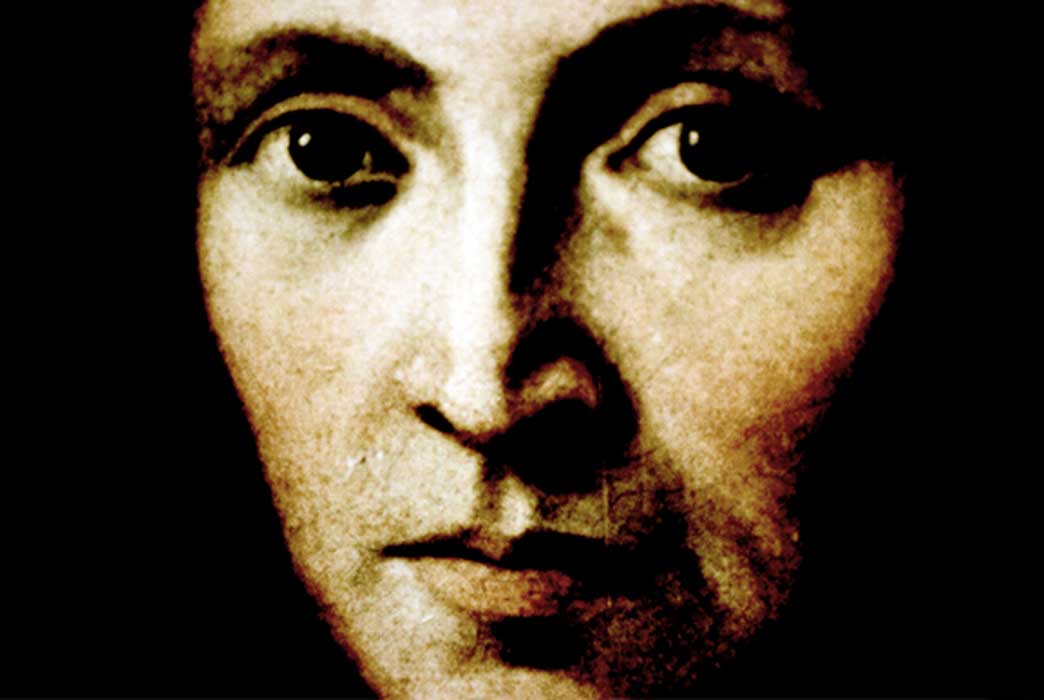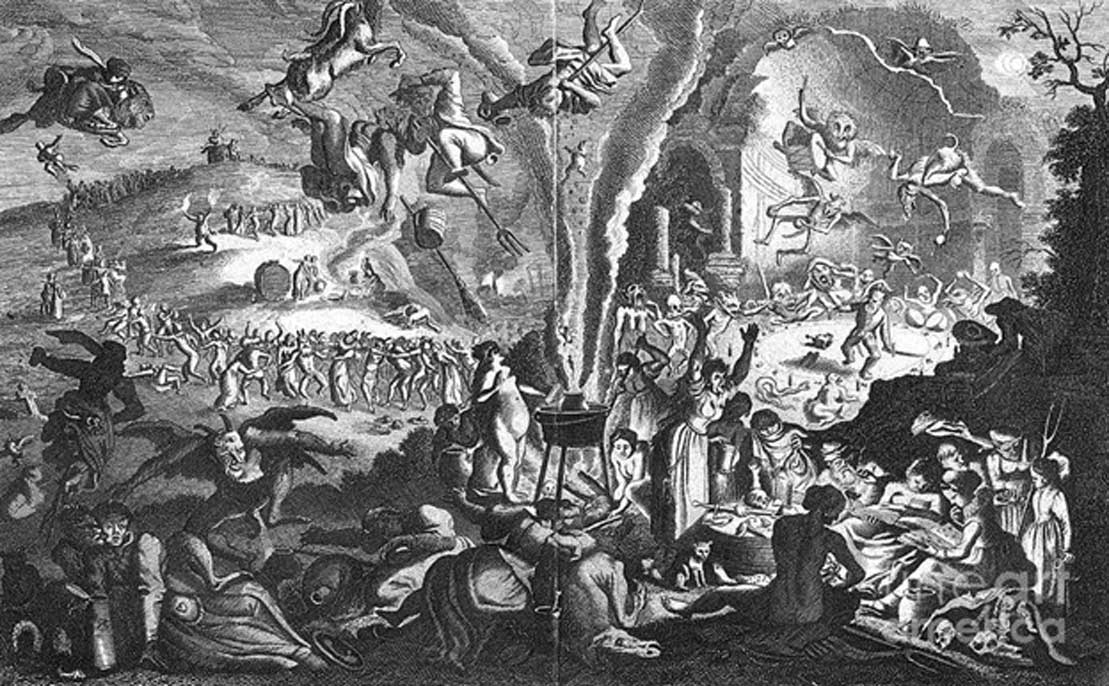
Bodies Left Behind - A Cruel History of Persecution, Shamanic Ecstasies & the True Witches’ Sabbath
‘The witches are carried sometimes in their bodies and clothes, at other times without, and the examiner thinks their bodies are sometimes left behind. Even when their spirits only are present, yet they know one another.’
In his 1989 book Ecstasies: Deciphering the Witches’ Sabbath, Carlo Ginzburg attempted to revise what had been to that date, the orthodox assumptions made by historians about the witches’ sabbath during the Middle Ages and Early Modern period. These assumptions were based mostly on the documentation of witch trials throughout Europe, which have survived, in various forms, in relatively large numbers. Ginzburg points out that previous to his study, historians had been (with a few exceptions) exclusively concerned with the mechanisms of persecution, rather than any examination of the actual beliefs of the persecuted.
Mere Fantasies of Mountain Peasants
Indeed, heavy-weight historians such as Hugh Trevor-Roper insisted that the only legitimate interpretation of the evidence from witch trials was as a function of social and cultural attitudes towards an aberrant cult. The voices of the persecuted were conveyed to us exclusively through the lens of the secular and clerical judiciary, and, according to Trevor-Roper, it was only the attitudes of these cultural elites that could be discerned from the documentation. The actual recorded beliefs of the accused witches were simply ‘disturbances of a psychotic nature’, ‘fantasies of mountain peasants’, and ‘mental rubbish of peasant credulity and feminine hysteria.’ In other words, any suggestion that the witches’ sabbath was actually a real phenomenon was baloney.
Fortunately, Ginzburg’s iconoclastic work was a starting point for overturning this attitude, and since he wrote Ecstasies, historians have been joined by anthropologists in an ongoing attempt to unravel the reality of the witches’ sabbath, and from where that reality stemmed. Many have followed Ginzburg’s revolutionary hypothesis that, if we attempt to excavate the actual words and beliefs of the persecuted witches, we discover that the witches’ sabbath was a remnant of pre-Christian shamanism, alive and well and, until the Inquisition caught up with them, operating under the radar of the Church.

Cornelis Saftleven, The Witches’ Sabbath, c. 1650 (Public Domain)
The Witches’ Sabbath – Really Homage to the Devil?
Ginzburg summarises the basic features of the sabbath that recur in many of the witch trial documents:
‘Male and female witches met at night, generally in solitary places, in fields or on mountains. Sometimes, having anointed their bodies, they flew, arriving astride poles or broomsticks; sometimes they arrived on the back of animals, or transformed into animals themselves. Those who are for the first time had to renounce the Christian faith, desecrate the sacrament and offer homage to the devil, who was present in human or (most often) animal or semi-animal form. There would follow banquets, dancing, sexual orgies. Before returning home the female and male witches received evil ointments made from children’s fat and other ingredients.’

17th-century Witches’ Sabbath engraving (Pubic Domain)




